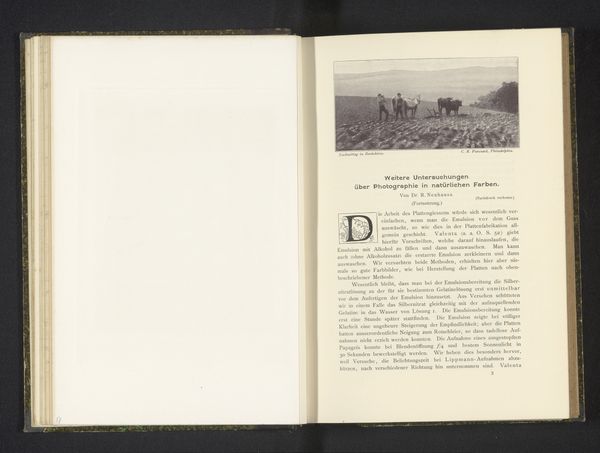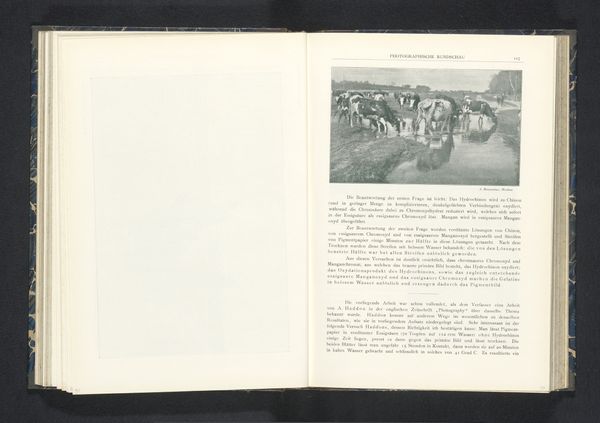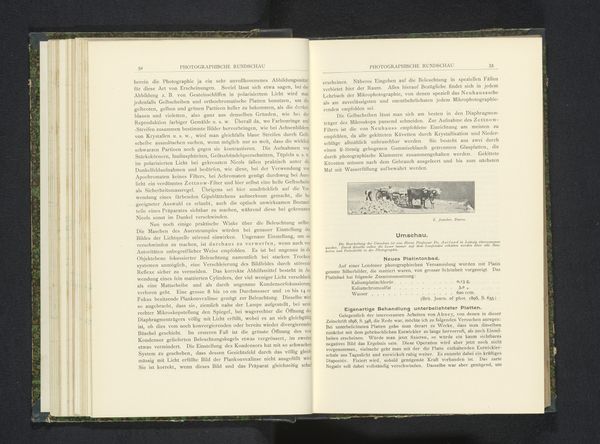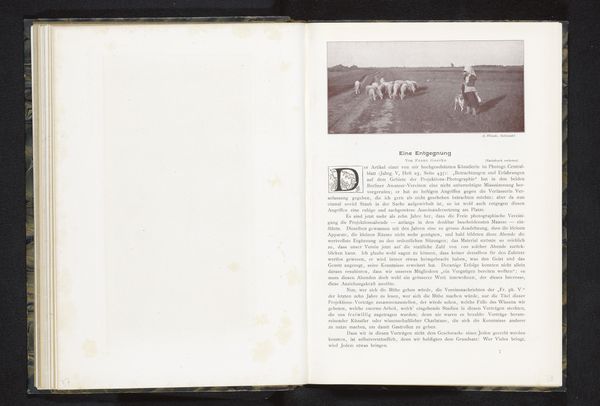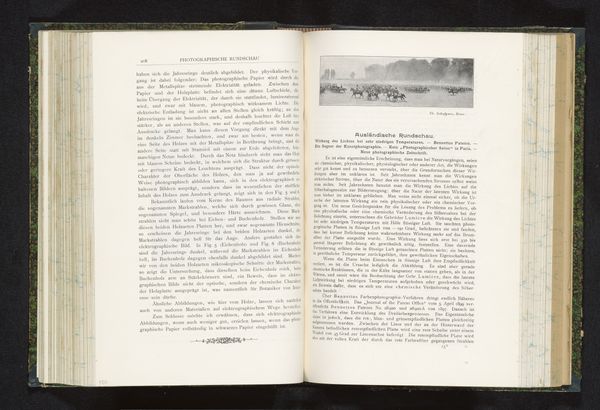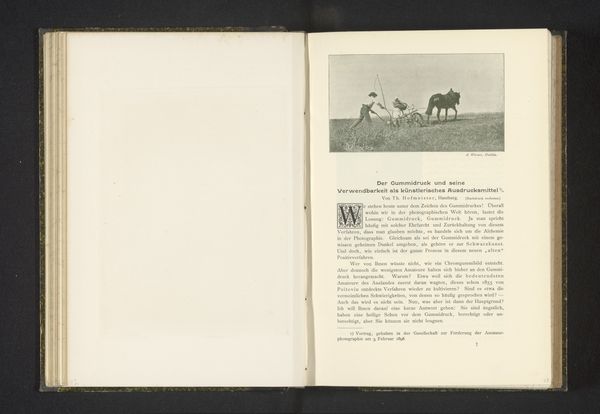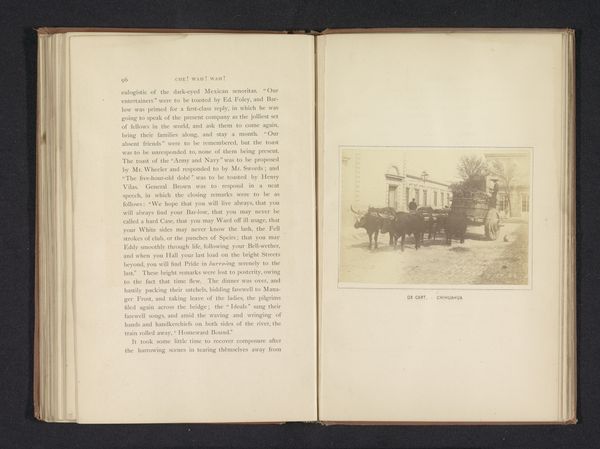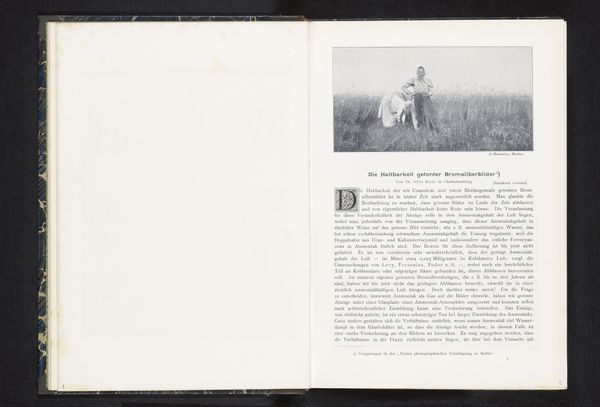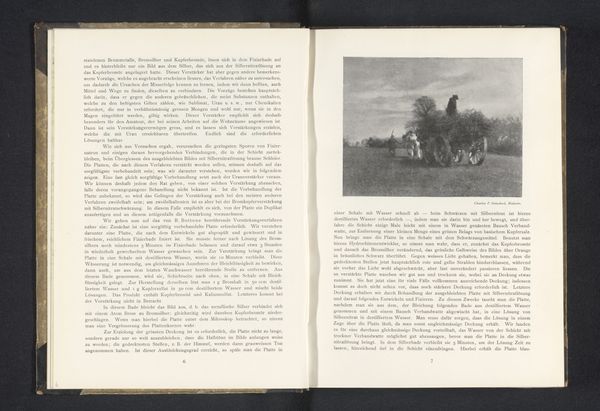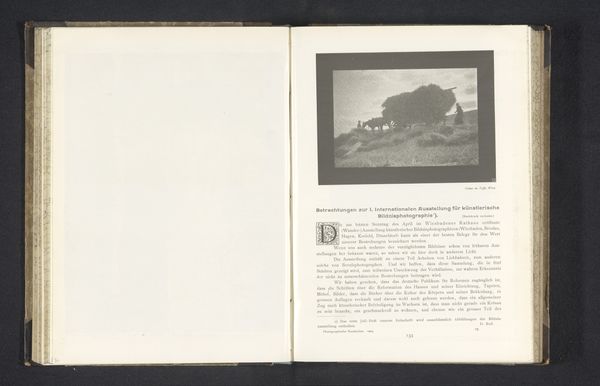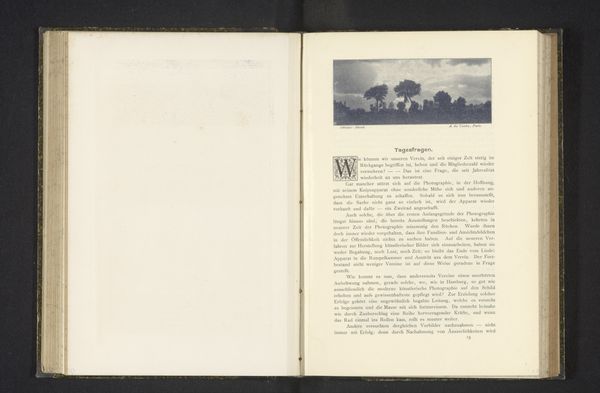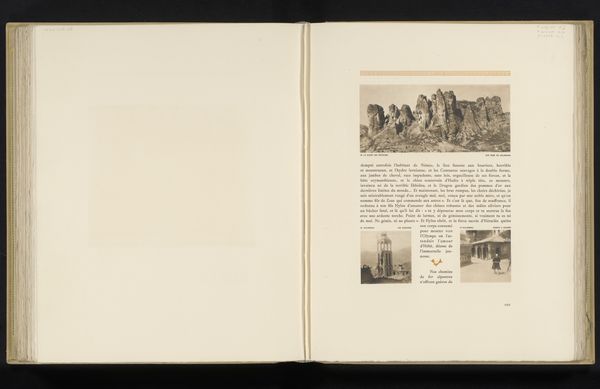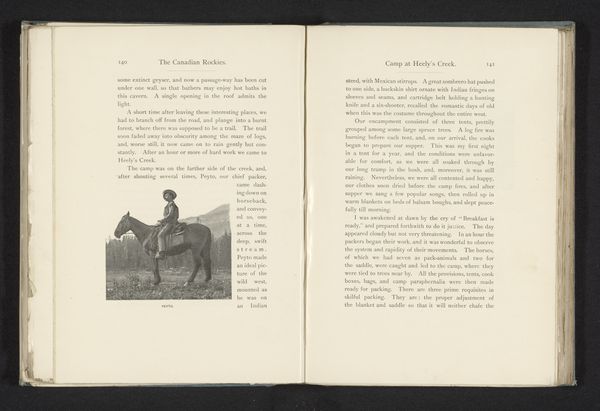
print, photography
#
still-life-photography
# print
#
landscape
#
german-expressionism
#
photography
#
horse
Dimensions: height 62 mm, width 113 mm
Copyright: Rijks Museum: Open Domain
Curator: This photograph, “Man with Horse and Cart on the Beach,” dates from before 1899 and presents a rather stark scene. The horizon line is low and expansive. What draws your eye in this image? Editor: The solitude is striking. It's very still and gray, making me think of a certain kind of melancholy. But, also, it's a working scene...a man and animal together pulling some burden. I wonder about that tension between the two. What do you make of that? Curator: The horse and cart, and the figure of the man are visual symbols laden with history. For millennia, the horse has represented nobility, strength, and, significantly, labor. Consider that man in silhouette alongside that animal—these are not the rulers *on* horses from the Medieval ages or ancient imperial leaders, but working figures. Editor: I didn’t immediately consider class in the symbolism here, though it seems rather obvious once pointed out. Curator: Indeed. And notice how the flatness, the beach devoid of much detail. The lack of a focal point emphasizes the shared labor in an unadorned, somewhat bleak environment. One can see this moment as representing the realities and anxieties about labor in Europe near the fin de siècle. This symbiosis and quiet stoicism is rather moving. What is your takeaway from the composition and visual meaning? Editor: I initially saw melancholy but now perceive a strength and shared destiny in their partnership, rather than despair. Thanks, I feel as if I better appreciate the complex symbolism behind such a seemingly simple beach scene!
Comments
No comments
Be the first to comment and join the conversation on the ultimate creative platform.
